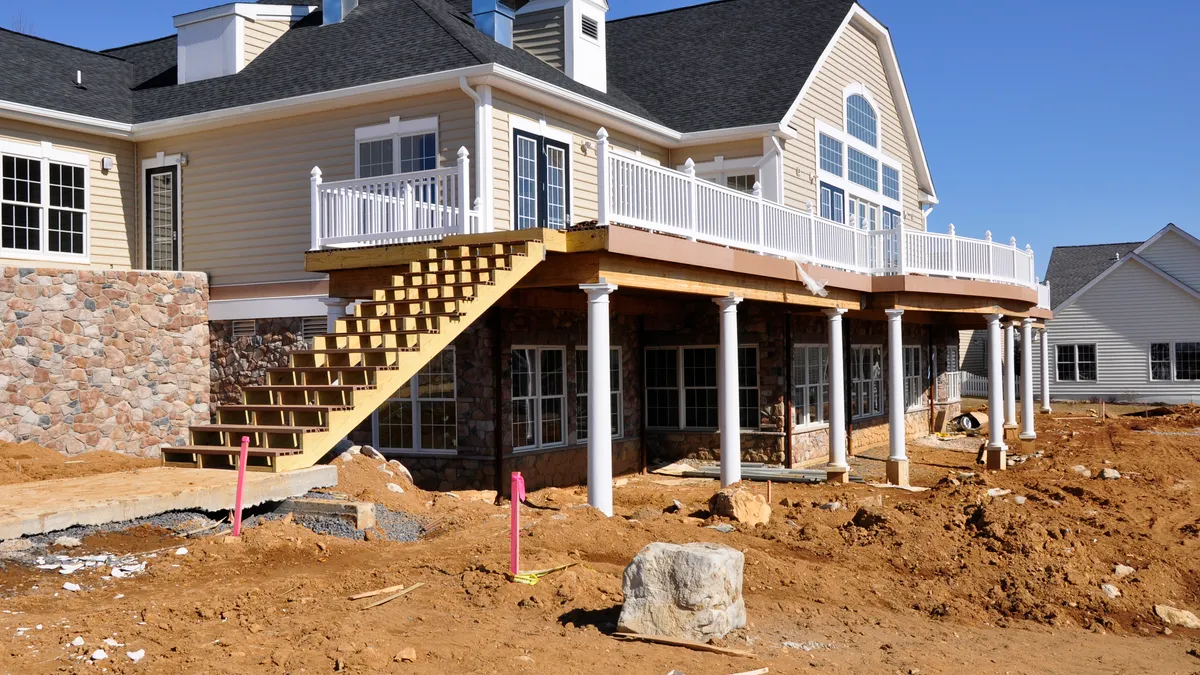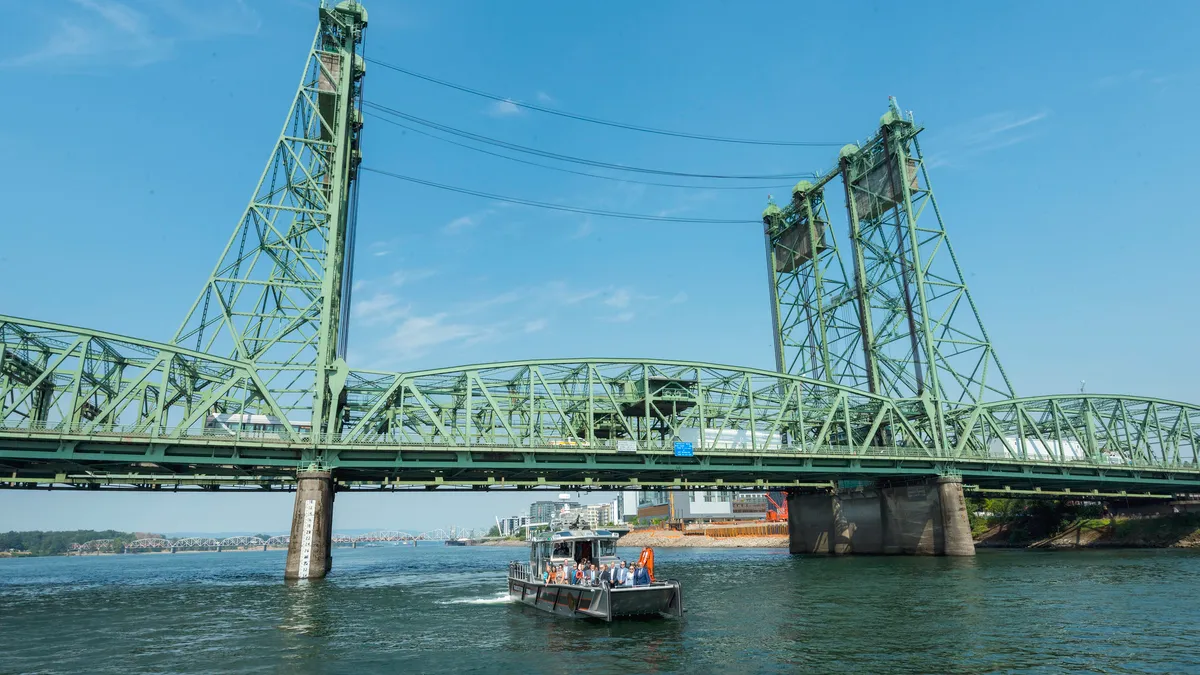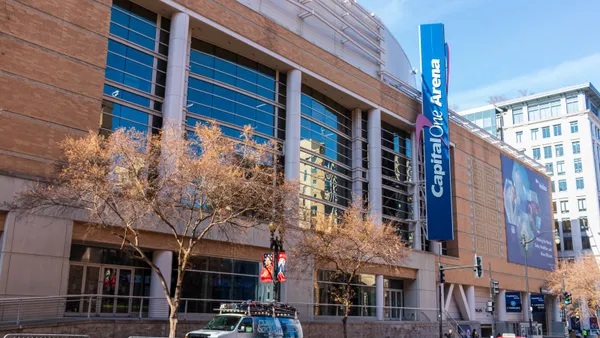Dive Brief:
-
For the third-straight year, Boulder, CO and Austin-Round Rock, TX, topped SmartAsset's list of the top 10 housing markets for growth and stability in 2017, according to the company.
-
The Northeast, also for the third-straight year, did not crack the list's top 25. Of that region, Burlington, VT, placed highest at the No. 41 spot, and State College, PA, followed at No. 43, with low population growth numbers outweighing their high marks in stability.
- The other markets rounding out SmartAsset's top 10 were concentrated in the middle of the country, with Colorado claiming three of those spots, and North Dakota and Texas each taking two.
Dive Insight:
Smaller markets like those in the central U.S. are starting to become more attractive to potential homeowners as pricier metros continue to become less affordable. Lower housing costs, more inventory and projected home-value growth are major drivers of population growth in that region, according to a separate report from Zillow.
Those reports jive with another from SmartAsset that listed the top cities for first-time homebuyers. That ranking included many states in the Midwest, as well as Texas, citing the availability of lenders and relatively stable housing markets there.
Employment growth in the major markets in these regions is putting a strain on inventory, causing some analysts to worry that they may no longer be considered affordable. Despite scoring well in stability, Denver is experiencing rapid growth that is pushing up already-high home prices there. The area has some of the most strained inventory in the U.S., causing some prospective buyers to look beyond the greater metro area to nearby Colorado Springs, CO, Boulder and Fort Collins, CO.
Texas, too, is seeing increasing competition for its housing stock. The state saw homes average a record 55 days on the market, with North Texas properties selling even faster in an average 30 to 31 days. The Lone Star State is home to a number of the country's fastest-growing cities, thanks to its relatively low cost of living and central location.
While these markets may be heating up, the Midwest and Central U.S. will likely remain attractive to potential buyers as corporate relocations there drive employment opportunities and demand for new housing. Inventory conditions — though they could tighten depending on builders' ability to keep pace with demand — and credit availability also stands to make such markets more desirable for homeowners.













